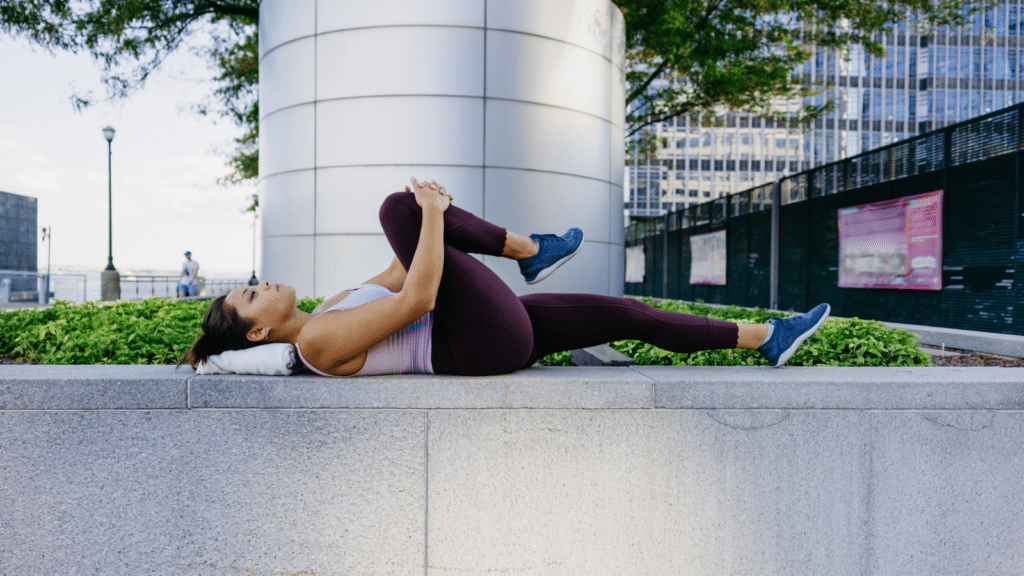Sciatica can be a real pain in the back, quite literally. For those suffering from this condition, where pain radiates along the sciatic nerve from your lower back down to your legs, finding the right exercises is crucial. Some movements can exacerbate your discomfort, while others may provide much-needed relief. Here’s a guide to help you discern which exercises to embrace and which to avoid, incorporating effective therapies like assisted stretching and corrective exercise available at Peake Movement.

Exercises to Avoid with Sciatica
- Leg Lifts: Straight-leg lifts while on your back can increase sciatic nerve pressure and worsen pain.
- Full-Range Squats: Deep squats below parallel can strain the lower back and worsen sciatica, especially with poor form.
- Bent-Over Rows: Bending forward with a weight can stress spinal discs and irritate the sciatic nerve.
- High-Impact Aerobic Activities: Jumping or running can jolt the spine and exacerbate sciatica symptoms.
- Heavy Deadlifts: Lifting heavy weights can risk further spinal injury for those with sciatica.
- Double Leg Lifts: Similar to single leg lifts, lifting both legs simultaneously while lying on your back can exacerbate lower back tension and sciatic pain.
Reference: dictionary.cambridge.com
Exercises to Try for Sciatica Relief
Knee to Chest Stretch: Pull your knee to your chest while lying down to alleviate sciatic nerve pressure. Enhance this stretch with assisted stretching, where a therapist helps relieve muscle tension.
Pelvic Tilts: Strengthen your lower abdominal muscles and support your spine with these gentle movements. Perform them on the floor or with a therapist’s guidance to ease sciatic nerve strain.
Wall Sits: Strengthen your lower back and leg muscles by sliding into a sitting position against a wall and holding it, avoiding pressure on the sciatic nerve.
Step-Ups: Use a low step to strengthen your legs and core, enhancing spinal alignment and easing sciatica.
Spinal Decompression Exercises: Perform gentle stretches and reclining positions under a corrective exercise specialist’s supervision to ensure accuracy and effectiveness.
Bird Dog: Start on all fours, aligning hands under shoulders and knees under hips. Extend one arm and the opposite leg, maintaining balance. Hold briefly, then switch sides to strengthen the core and stabilize the lower back.
Final Thoughts
Managing sciatica involves understanding which exercises can help and which might harm. At Peake Movement, we specialize in therapies like assisted stretching and corrective exercises built to relieve your sciatica pain. Schedule a consultation with one of our specialists at Peake Movement and experience how targeted exercise and therapy can bring you relief.
